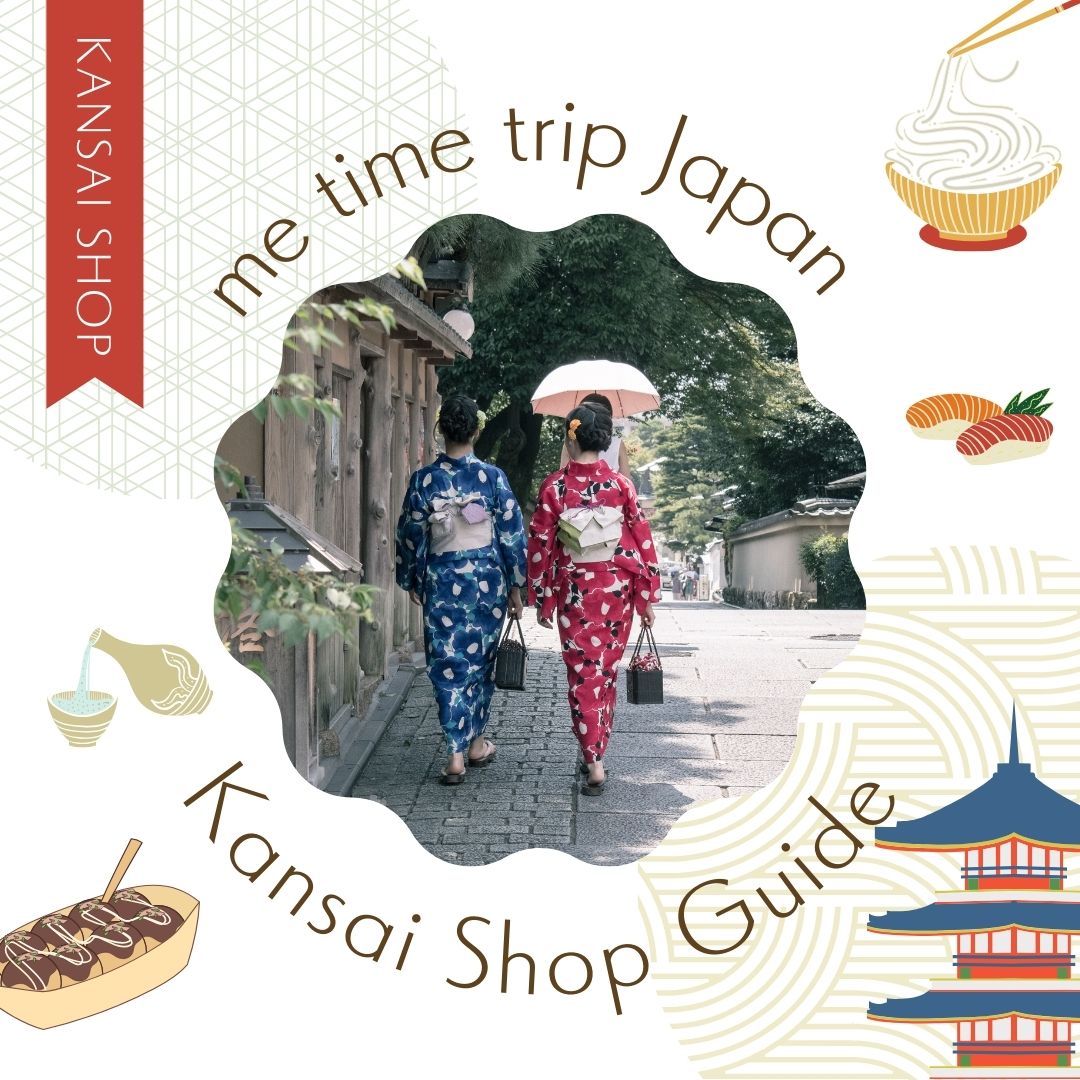Japanese Curry is a widely beloved and uniquely evolved food culture in Japan. Introduced from Britain during the Meiji era (1868-1912), Japanese curry has taken on its own distinct character with the addition of ingredients like onions, potatoes, and various meats. This delightful dish is now affectionately known as “Curry Rice” in Japanese.
Japanese curry rice, a beloved dish for the Japanese, holds a special place as a staple in school lunches and home-cooked meals. Its perfect blend of sweetness and spices captures the hearts of many. Whether served at home or in restaurants, curry rice comes in various styles and can be customized to suit individual preferences.
Introducing the Varieties of Japanese Curry
| Curry x Tonkatsu (Chicken Cutlet) | A combination of tonkatsu (breaded and deep-fried pork cutlet) and curry, it’s a popular dish loved for its hearty portion and delicious pairing. |
| Curry x Hamburg Steak (Hamburger) | You can also enjoy topping your favorite curry with a hamburger patty. Some restaurants offer it on their menu too. |
| Curry x Croquette | You can enjoy topping your curry with cream croquettes and more. You can also crush leftover curry, fry it, and savor it as curry croquettes. |
| Curry x Udon | One enjoyable way is to add udon noodles to curry-flavored broth with a dashi base. It’s recommended for giving a unique twist to your leftover curry rice. |
| Curry x Soba | You can enjoy it in a similar way to curry udon. |
| Curry x Omurice | Pouring curry over ketchup omurice or butter omurice is a fantastic combination! |
| Curry x Fried Fish | There is a menu where you can top curry with various fried fish. The most common ones are horse mackerel and white fish. |
There are two representative items originating from Japan: “Curry Pan” (Curry Bread) and “Curry Soup.” Let me introduce these two to you.
Curry Pan
Curry Pan is a type of bread filled with curry, and it’s known for its crispy outer texture. It’s widely enjoyed for breakfast or as a snack.
The origin of Curry Pan in Japan dates back to the 1920s. During this time, Western cuisine became popular in Japan, and Curry Pan was born as part of the trend of actively incorporating Western techniques and culture.
Over time, Curry Pan has evolved and adapted to the changing trends. With the increasing demand for bread, Curry Pan became a popular snack. Nowadays, it is widely sold in Japanese bakeries and convenience stores, offering various delicious variations.
There are several types of curry, with many variations of Curry Pan featuring beef curry and keema curry. Some even have cheese or boiled eggs inside.
When you come across them, please be sure to try them out!
Soup Curry
In recent years, Soup Curry has been gaining attention. Soup Curry is a dish with a spicy and rich broth filled with plenty of ingredients, and it originated in Hokkaido and spread from there. It is popular among health-conscious individuals as it is a nutritious option packed with vegetables.
Soup Curry is a unique Japanese curry dish with a relatively recent origin. It was born in Hokkaido during the 1970s to 1980s. In the 2000s, it became a sensation in Sapporo, Hokkaido, and now there are over 200 restaurants serving it in the city.
Thanks to its deliciousness and healthiness, it gained recognition and spread to other regions. Nowadays, you can enjoy Soup Curry at restaurants all over the country.
Soup Curry is a style of serving curry where the soup is filled with plenty of ingredients, including vegetables, meat, fish, and more. Unlike traditional stews, the soup and ingredients are prepared separately, and there are various methods for cooking the ingredients.
In the early days, chicken was the main ingredient in Soup Curry, but nowadays, more restaurants offer options like pork belly and seafood. As for the vegetables, they are usually boiled or lightly fried. Commonly used vegetables include potatoes, carrots, eggplants, bell peppers, okra, pumpkin, burdock root, baby corn, broccoli, and lotus root, often cut into larger pieces for a distinctive touch.
Summary
In Japan, there are numerous specialized restaurants and curry houses that offer curry rice. These curry establishments offer a wide variety of spiciness levels and topping options, allowing customers to customize their curry according to their preferences.
Moreover, curry festivals and curry contests, events centered around curry, are also popular and actively held. Be sure to check them out!
Japanese curry culture has undergone its unique evolution and continues to be loved by many Japanese people. With its diverse variations and numerous curry establishments, visitors from abroad can fully enjoy its charm as well. We encourage you to experience the culture of Japanese curry during your stay in Japan.


